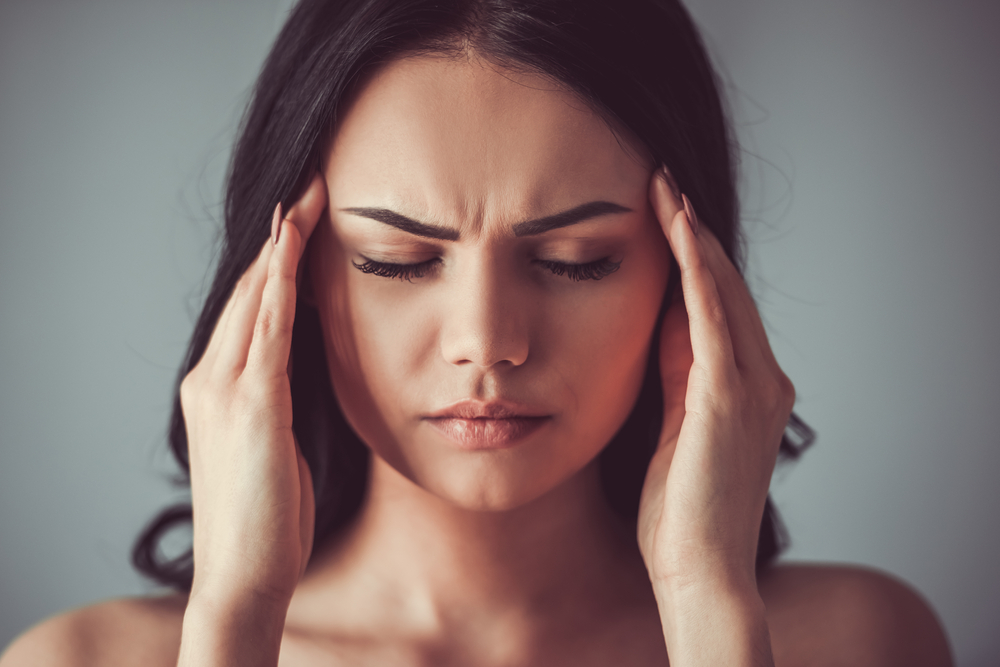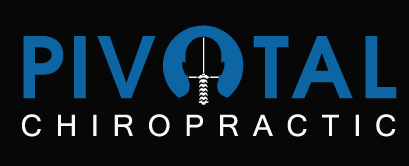Top Causes of Headaches

Do you suffer from frequent headaches?
Do you find yourself keeping spare pain relievers with you so you’ll always have relief?
Headaches are very common with so many of us, and some people feel that a headache is a normal part of their day.
Could neck pain and neck tension be an underlying cause of your frequent headaches?
Even though headaches may be very common, they are not normal. To better understand how to treat the causes of your headaches, you need to first understand the most common types: tension or migraine.
Tension Headaches
Tension headaches are characterized by a pressure-like pain that radiates from the back of the head to the forehead and temporal regions. It can feel like a band that is wrapped around the head and squeezing.
Patients often report pain and tension in the neck and into the shoulders. The pain may be triggered by stress, fatigue, caffeine, or overexertion, and could last as little as 30 minutes to as long as 7 days. The pain may occur once or daily. It is important to note that a tension headache has no neurological components.
Migraine Headaches
Migraine headaches are caused by changes in the brainstem and how it may interact with the trigeminal nerve, which is a major pain pathway in the nervous system. They are characterized by a pounding throbbing pain in the head, which may be on one or both sides of the head. This pain is accompanied by a neurological component such as nausea, vomiting or light sensitivity. Treatment for migraine headaches can go beyond over the counter medications. Some people use prescription medications, which help to constrict blood vessels and block pain pathways in the brain.
There are many other types of headaches including sinus, cluster and rebound headaches. Rebound is a term for headaches which result from taking medication to treat headaches.
Since all of these types of headaches present so differently, in order to treat them properly, it’s important to examine what they all have in common.
Craniocervical Junction
the upper neck just below the base of the skull is the craniocervical junction. This area is composed of the occiput, atlas and axis vertebra. This area of the spine is anatomically rich in many neurological, vascular, and muscular components, which if obstructed or impinged will lead to chronic headaches and neck pain.
Research shows that this area of the spinal cord has a very large impact on the trigeminal nucleus. The trigeminal nucleus relays pain sensation to the face and head.
When a person loses normal structural integrity in their neck, the trigeminal nucleus and other anatomical structures don’t work right. This is why so many people with headaches respond so well to specific corrective care.
Not everyone with a headache will get results. Some headaches are caused by chemicals, food, and even cancer. However, for the majority of cases, patients notice a difference. For someone with life altering or debilitating headaches specific corrective care may be the answer.
Get Headache Relief from Pivotal Chiropractic
If you’re tired of managing headache pain and want to find long-lasting relief, specific corrective care may be the answer you’ve been looking for.
When you visit Dr. Gessert, he’ll provide a complimentary consultation to talk about your pain and what the course of treatment might be for you.
Every person in our practice is treated for their specific needs and symptoms. If you feel like you’ve tried everything to get rid of constant headaches but you haven’t tried chiropractic care, now is the time.
Schedule your appointment with Dr. Gessert today to finally feel relief from tension and migraine headaches.


